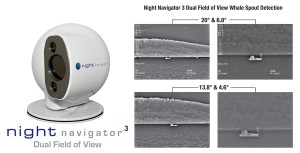It seems to be a day for volatile organic compounds (VOC) as I mentioned them earlier today in my Nov. 18, 2011 posting about Pricoil Ghana and their technology. Ford Motor Company has developed a nanocoating which allows vehicle windshields to be attached in a more cost-efficient and eco-friendly fashion. From the Nov. 18, 2011 news item on Nanowerk,
Ford wants to innovate the way vehicle windshields are installed through a new patented process that makes the attachment less costly, simpler and more eco-conscious than current practices.
One patent covers cleaning and activating the edge of the windshield glass in less than 10 seconds. A second Ford patent covers the application of a plasma-reacted nano-coating that modifies the surface for bonding of the adhesive that holds the windshield in place. The entire patented process takes less than one minute.
Larry Haack, technical expert, Ford Research & Innovation, said there are several benefits of the new patented technology including elimination of the primers that contain volatile organic compounds (VOCs).
A deal has been signed with Plasmatreat so the technology can be used universally. From the news item,
Ford recently signed a nonexclusive, worldwide license agreement with Elgin, Ill.-based Plasmatreat U.S. L.P. that grants the right to use Ford’s new process patents and incorporate the Ford technology into Plasmatreat’s own equipment and patented processes. Also, Ford will provide technical assistance to Plasmatreat and its customers to implement technology using Ford’s experience and know-how.
Here’s a little information about Plasmatreat from the Company webpage,
Plasmatreat is a worldwide enterprise with leading technology, wide-ranging experience, renowned research projects and a large partner network. We are innovators and work with our customers to pioneer applications and break new ground. The potential for ground-breaking applications is unlimited.
Since 1995 the company, which now operates globally, has focused its activities on the development of atmospheric-pressure plasma processes. With technology centers in Germany, the Unites States, Japan and China as well as sales offices and agencies around the globe we have a local presence wherever our expert knowledge and our experience in the field of tailored surface treatment solutions are needed.
The company also has offices in Canada, unsurprisingly, in Mississauga (where there are lots of automobile manufacturing plants).
